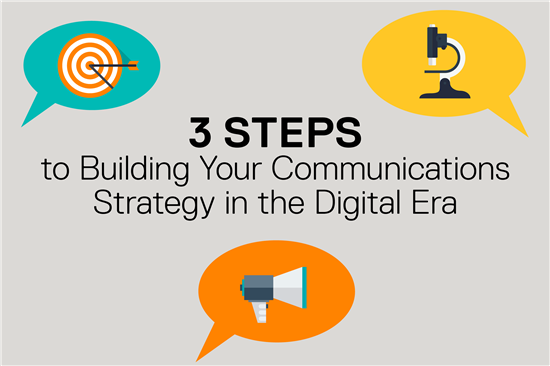Building a marketing department does not require an expensive headcount. However, it requires a structure around the daily, monthly, and annual revenue-generating activities.
Good marketers are always learning and evolving. They gather actionable insights and test learnings. Their time-bound KPIs dovetail the corporate goals and are defined in an analysis and reporting process. A data feedback loop continually feeds information back for quick implementation of necessary changes.
If you have the budget for an agency, find a full-service one to help develop content to educate and engage with the marketplace.
You’ll need a visual identity. It’s not just about making a logo or picking your brand colors. A full-service agency has a team of experts to get your brand identity and product messaging in place. Hiring an agency is money well spent.
Save the PR agency for when your brand has something to say to journalists.
For any brand, organize your department into simple subgroups. At the least, break departments into three focus areas to clarify how activities fit together in the revenue-generating process.
Let’s keep it simple.
Strategy and tactical planning
The marketing plan provides a high-level conceptualization of how the product will remove barriers to enter the marketplace. Your first marketing plan will have many great ideas. But pick three that you can execute now, given your resource restraints.
For starters, your plan should include brand definition, lead generation, and customer retention.
Three general tips will help: Learn the three secrets to a successful marketing plan.
Sure, it’s good to have a long-term 5 -10 year go-to-market strategy. However, our business markets are changing at the speed of sound so be sure to write it with a pencil.
Next, you’ll need a tactical plan to support your strategy. Determine the tactical measures that will prepare relevant content to syndicate across your online channels. Provide answers to your high-value prospect’s questions that dovetails the solutions your product or service offers. Syndicate the content on as many media channels as possible to drive new leads. Learn more: How action-oriented marketing drives more leads.
People and marketing tools
Who to hire? What skills do you need to round out your team?
To ensure your marketing department evolves into a profit center, hire marketing generalists, content enthusiasts, communication/PR experts, social media evangelists, and graphic designers.
Here’s a shortlist of B2B marketing tools:
Marketing automation
- Hubspot
- Pardot
- Marketo
Analytics & reporting
- Google Analytics
- Tableau
Social media
- Vimeo
- YouTube
Content
- Grammarly
Lead management
- LinkedIn Prospect
- Salesforce
- Hubspot
- Outreach
SEO
- SEMrush
- Yoast (for WordPress)
Customer Acquisition & Retention
Acquiring new customers has a simple formula.
- Develop content they want to consume
- Syndicate it on channels they use
Think about how your product solves a problem and drives value. Start with answering questions. Then create content and syndicate it on multiple channels. Omnichannel is an online (digital engagement), and offline is attending events, sales calls, and any non-digital activities. Increasing the number of channels improves touchpoint opportunities.
An omnichannel strategy meets the customers where they are!
Drive traffic to landing pages, website, and content using an omnichannel strategy, keeping in mind there are four reasons behind why someone will engage with your brand.
When developing content, it’s important to create a sales funnel with this in mind. Online customers want to participate as follows:
- They want to do something.
- They want to know something.
- They want to watch something.
- They want to buy something.
Keep it simple with a buyer matrix sheet
You may or may not have well-developed personas. But if you do not, this grid helps define the voice of the customer. You can develop content around their business drivers. Using the three primary levels in the decision process, tailor your message and content to solve their business problem. Then make sure the content you develop prompts them to take action (e.g., sign up, learn more, get a demo) to solve their business driver.

According to OutboundEngine, acquiring a new customer can cost five times more than retaining an existing customer. Increasing customer retention by 5% can increase profits from 25-95%. The success rate of selling to a customer you already have is 60-70% while selling to a new customer is 5-20%.
For optimal retention, invest in the right tools, be open, personal, and often communicate with your customers. And, be sure to send them content you have created in your acquisition campaigns. Do this by syndicating a nurture newsletter to communicate product updates and your latest blogs, news, or eBooks.











